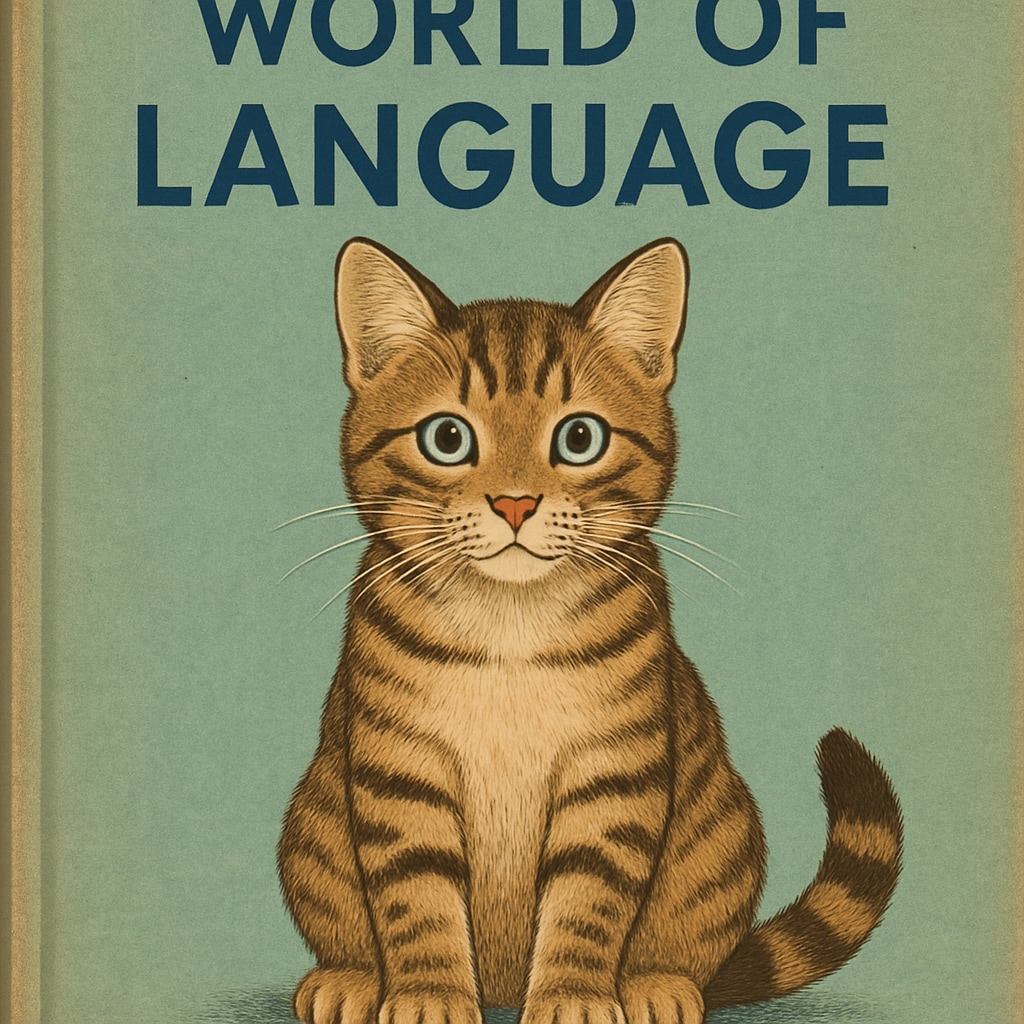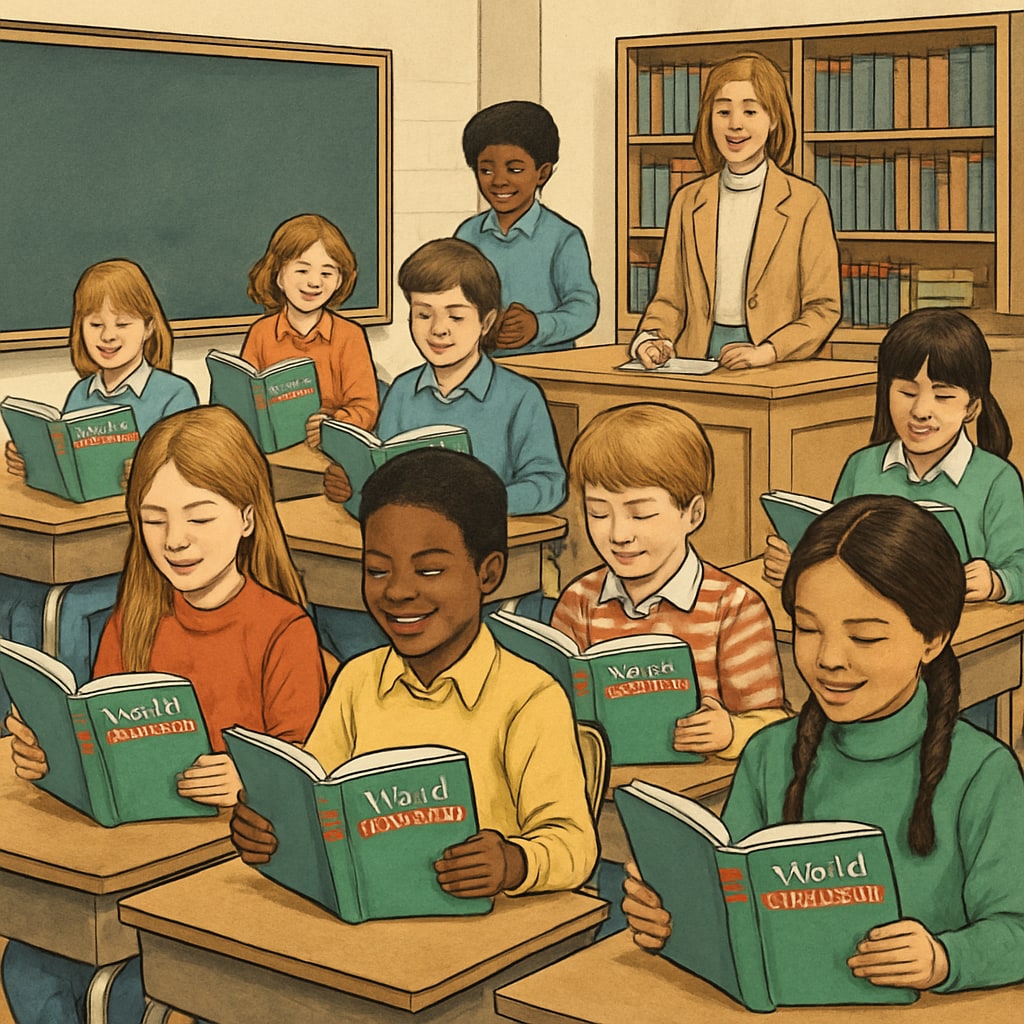The “World of Language” elementary school textbooks, particularly the third-grade edition with its iconic cat-themed cover, have left a lasting impression on generations of students. These books were more than just a tool for teaching grammar and spelling; they were a gateway into the art of effective communication and critical thinking. At a time when digital learning tools dominate the educational landscape, revisiting the systematic, engaging, and in-depth approach of the “World of Language” series offers valuable lessons for contemporary educators and learners alike.
The Unique Appeal of the “World of Language” Textbooks
What made the “World of Language” series stand out was its ability to blend structure with creativity. The textbooks provided a clear framework for understanding language while incorporating stories, poems, and interactive exercises to keep students engaged. For example, the third-grade edition, which featured a charming cat illustration on its cover, introduced students to essential grammar rules through relatable scenarios and thought-provoking activities.
In addition to grammar and spelling, the books emphasized higher-order language skills such as sentence construction, reading comprehension, and creative writing. This multifaceted approach ensured that students not only learned the mechanics of language but also developed an appreciation for its beauty and power.

Lessons from the Past: What Modern Education Can Learn
The “World of Language” textbooks embodied three key principles that remain relevant in today’s educational context:
- Systematic Learning: Each chapter built upon the previous one, ensuring a progressive understanding of language concepts.
- Engagement Through Variety: The blend of exercises, stories, and illustrations captured students’ attention and catered to different learning styles.
- Critical Thinking: Activities often required students to analyze, compare, and create, fostering deeper cognitive engagement.
Such principles are increasingly vital in an age where digital distractions abound. Modern educators can draw inspiration from the “World of Language” series to design curricula that balance structure with creativity and encourage active participation.

The Enduring Value of Printed Textbooks
While digital tools offer convenience and interactivity, printed textbooks like the “World of Language” series have unique advantages. They provide a tactile and focused learning experience, free from the distractions of pop-ups and notifications. Furthermore, the physical act of writing in margins or underlining text strengthens memory and comprehension.
For example, the cat-covered third-grade edition became a cherished keepsake for many students, evoking fond memories of their formative years. This emotional connection to physical books is something digital resources often struggle to replicate.
In conclusion, the “World of Language” series, with its systematic, engaging, and thought-provoking approach to language education, serves as a timeless example of effective pedagogy. As we navigate the challenges and opportunities of modern education, revisiting classics like these reminds us of the enduring power of well-crafted learning materials.
For more on the history of language education, visit Britannica’s Education Resource. To explore the importance of printed textbooks, check out Wikipedia’s Textbook Overview.


